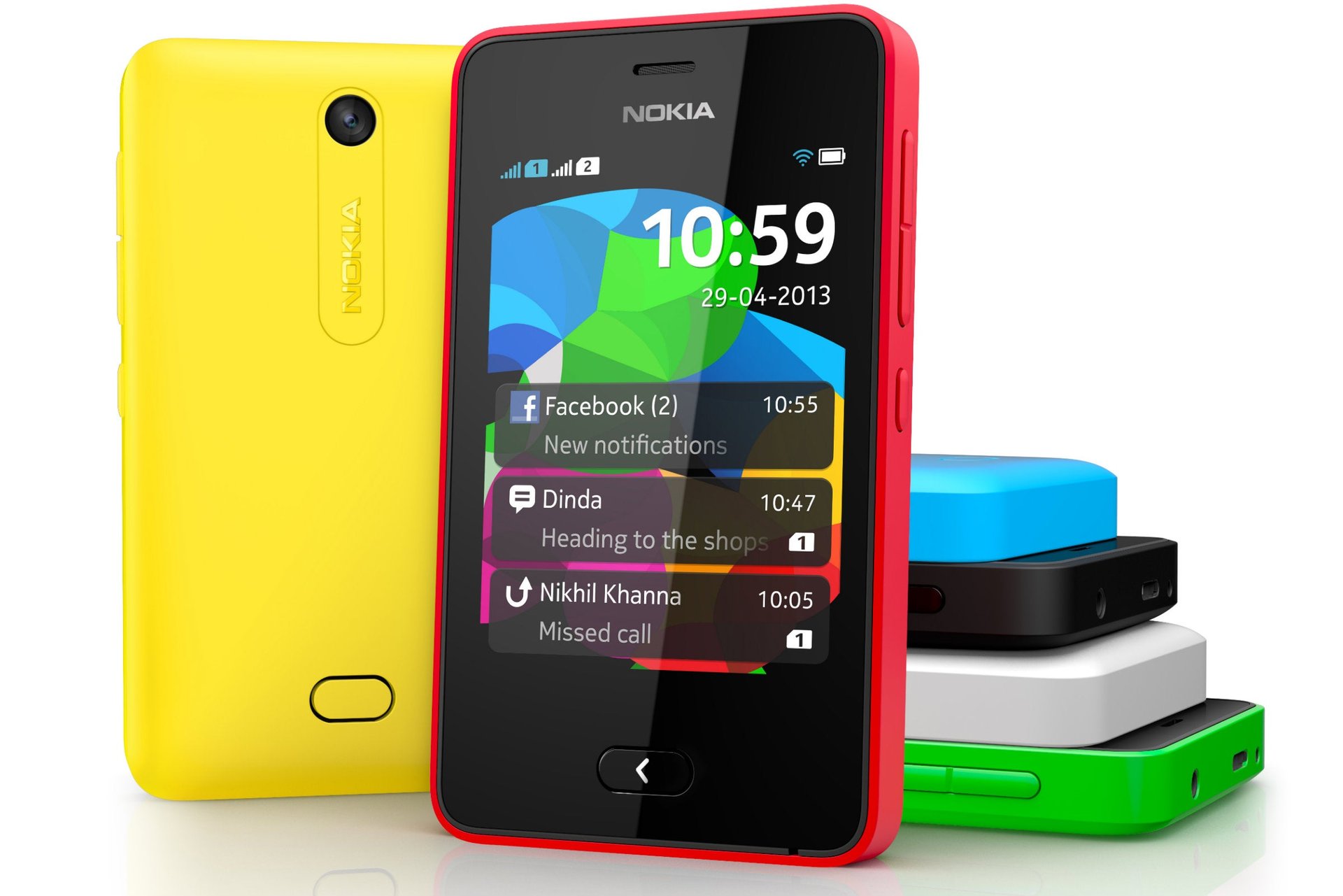How Facebook could save Nokia
On Tuesday, Nokia chief Stephen Elop fielded questions from irate shareholders at his company’s annual meeting in Helsinki. When, they wanted to know, would he do something about Apple and Samsung? In London next week, Nokia will announce its new high-end flagship product, whatever it is.


On Tuesday, Nokia chief Stephen Elop fielded questions from irate shareholders at his company’s annual meeting in Helsinki. When, they wanted to know, would he do something about Apple and Samsung? In London next week, Nokia will announce its new high-end flagship product, whatever it is.
But Elop’s launch of the Nokia’s new Asha 501 in India this morning is worth watching more than the ailing manufacturer’s battle at the top end of the market. At a recommended price of $99 (before taxes) and near-enough full smartphone functionality, this is Nokia’s big push to capture the growing market for cheap smart devices. Elop wants to sell 100 million of them over the next few years. By way of comparison, that’s one in seven of every smartphones sold last year.
The Asha 501 is a dual-sim 2G phone that takes its design cues from the higher-end Lumia range, looks solid enough to withstand third-world conditions, and promises up to 26 days of standby time (48 days on the single-sim version). It has its own app store with billing through operators, easy compatibility with older Asha phone apps, and lots of incentives for developers to create stuff for the new Nokia Asha operating system this phone introduces.
Oh, and it comes with free data for Facebook if consumers use one of the wireless carriers that have agreed to that. Vaughan Smith, Facebook’s head of mobile partnerships, told the gathered press that five billion people still don’t use the internet. “How can we help those people get online faster so they can lead a richer life?” he asked. His answer: Facebook.
This is not the first time Facebook has lured users with the promise of free data. We’ve written in the past about Facebook Zero, a free text-only service for people on old, un-smart phones. But this is the first time the perk has been bundled into a smart device, one that’s iPhone-like and has a touchscreen. The developing world loves Facebook. Brazil and India are the social network’s largest markets after America. In the latter, it’s the most-visited website after Google. Nokia is betting people will buy its phones so they can get on Facebook even more easily (even if it is without faster 3G wireless).
P. Balaji, Nokia’s India head, told Quartz the company has gotten four operators—Airtel, MTN, América Móvil and Telekomsel—to offer special deals for Asha 501 users, such as data discounts or free Facebook access. Between them the four have over 800 million subscribers across Asia, Africa and Latin America. Airtel, with 270 million subscribers, will roll out free wireless data usage for Facebook across the 20 countries in which it operates. The phones are sold unlocked, which means consumers can use them with any operator they want—but the free Facebook access or discounted data plans create incentives to use one of Nokia’s carrier partners.
While Facebook and the operators wouldn’t disclose who’s paying for the free data usage, Facebook in the past has gotten carriers to swallow that expense. The social network is the perfect gateway drug to the wider world of the internet, which the operators charge wireless data fees to access. And even at a couple of dollars a subscription, the growth of data services in India and Africa should keep carriers in fine fettle.
As for Facebook, it would be delighted if more of its users in poor countries used better phones. More people use Facebook in the developing world than in Europe and North America, but they contribute only a fifth of revenues. One reason is that they use low-end phones, which are lousy at displaying ads. They can’t, for instance, see the expensive video ads Facebook is about to roll out.
It’s a win-win-win, and while Facebook has a lot to gain, Nokia probably has the most to lose. It is appropriate then that a cornerstone of the company’s plan to revive its fortunes is Asha. In Hindi, Asha means “hope.”